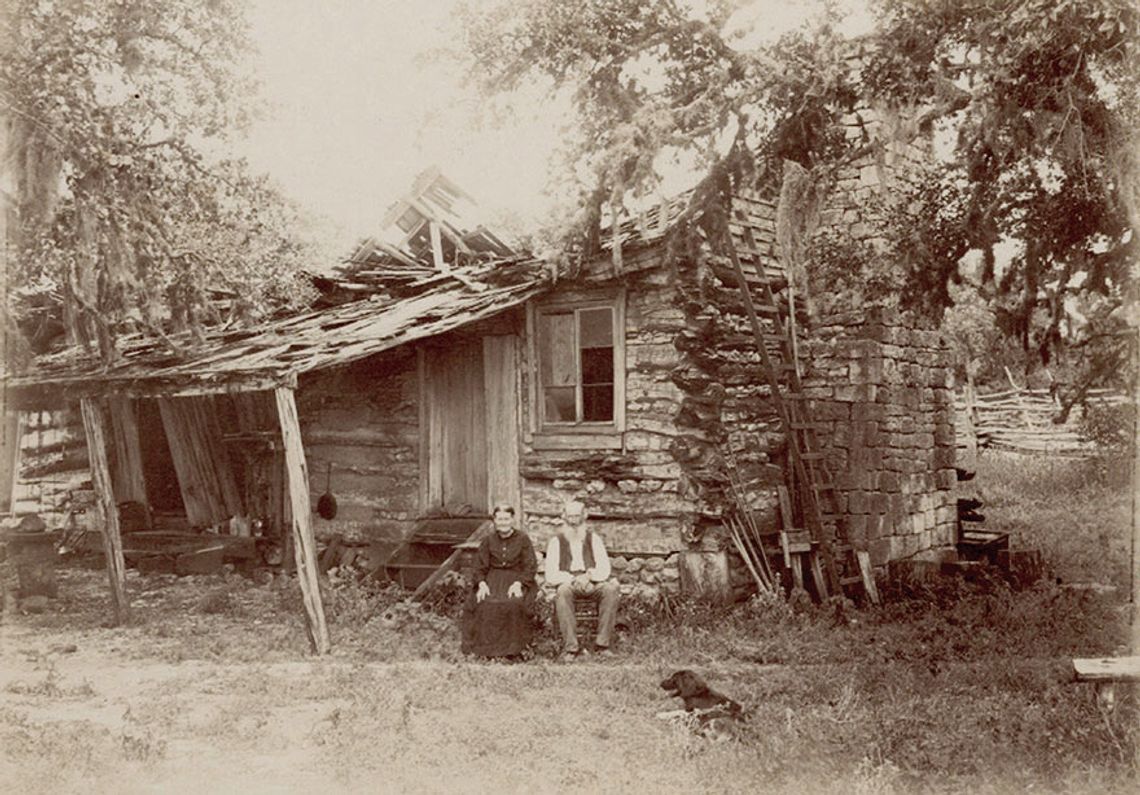A scenic 15-minutes’ drive up rural FM 1376 through the hills surrounding the Guadalupe River Valley will get you to Sisterdale.
Blessed with plentiful wood resources, a significant water source, the Guadalupe River and coupled with an old Native-American pathway that snaked through the region (the Pinta Trail), Sisterdale, although remote and isolated, was originally one of the earliest settlements in the entire Texas Hill Country.
Today, Sisterdale is a sleepy backroad community approximately 14 miles north of Boerne. Although not easily seen or accessed, there is a lot of hidden history packed into the knolls of the historic Sisterdale region.
In its early years this enclave served as a beacon in the wilderness.
Nicolaus Zink, an engineer for the Adelsverein, was clearly an insider to the region’s natural beauty. His 1847 selection and establishment of a farming and ranching enterprise on the 1208-acre William F. Wilson survey would be seminal; Zink owns the title of Kendall County’s first settler.
He was followed in 1848 by Ottmar von Behr, who purchased the 1,129acre John D. Colder survey directly across from Zink on the south side of the Guadalupe River.
Although Zink left in late 1850, his daring plunge into over 1,300 square miles of vacant landscape emboldened other German immigrants to follow. Thus, Kendall County’s first settlement was formed.
The 1850 Comal County census listed seven individual households in “the Mountains” region, as the hamlet had no name. Von Behr secured the postal commission for the Sisterdale post office, and its name started appearing on maps.
Unlike later county communities, Sisterdale was not a plotted town, but a cluster of large acre parcels.
While the natural resources and beauty of the area drew its earliest settlers and the Pinta Trail enabled its early founding, Sisterdale’s eclectic mix of well-educated and cultured German immigrant pioneers would ultimately become the draw.
Their spirit, intelligence, sophistication and zest for life engendered fascination, respect and awe from all who visited this unique Latin Colony. Many visitors who entered their homes raved about their personal diverse, well-stocked and up-to-date libraries.
Collectively dissatisfied with the political climate in the old country, they gave up their homeland comforts and status as professionals, administrators and professors, longing for new freedoms and opportunity in Texas and determined to carve out a new life as farmers.
Ultimately, deaths, departures, the Civil War and destiny eroded the base of the original Sisterdale leaders and by 1865 all had departed the colony.
August Siemering, the first schoolteacher in Sisterdale, reminisced: “There is hardly any trace left of what was once Sisterdale. Not a pillar gives evidence of vanished splendor.
“The salons have been converted into honorable farmhouses, no more lectures are given, and even the memories of the pleasant days once witnessed by the lovely valley died with those who lived to see them,” Siemering concluded.
Over the years, the Kendall County Historical Commission has dedicated three Texas Historical Commission markers along Sisterdale Road (FM 1376), including Sisterdale, the Pinta Trail crossing of the Guadalupe River, and Ottmar von Behr.








Comment
Comments